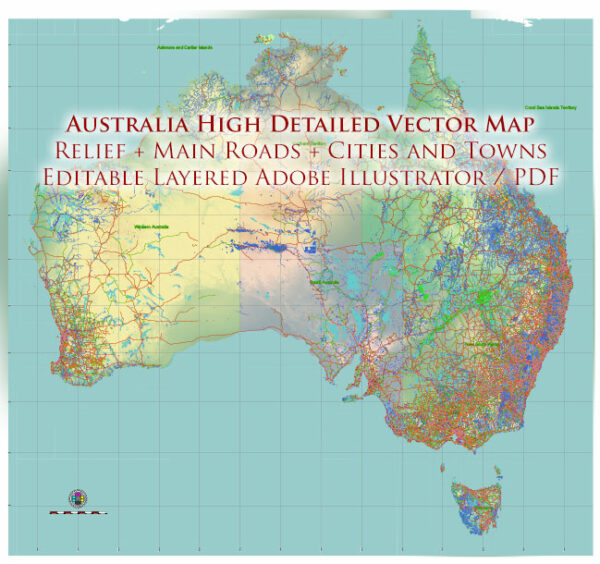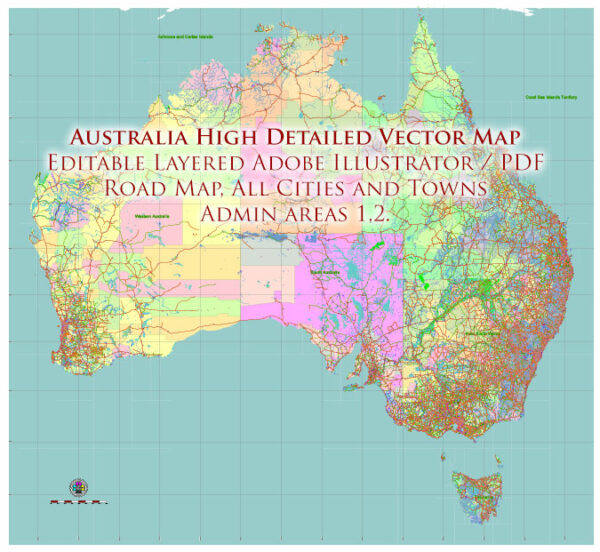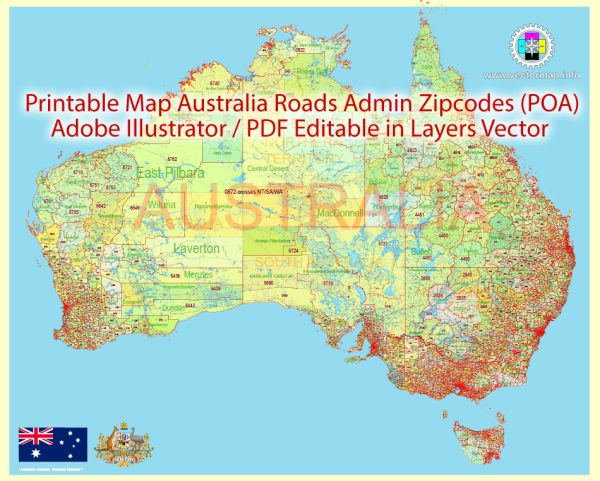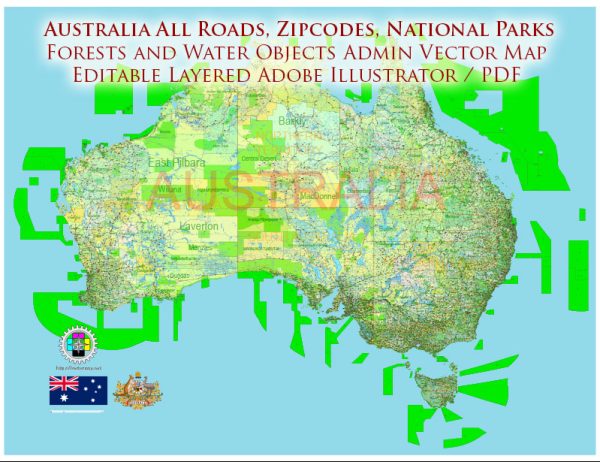Australia’s history of urban development is marked by a unique blend of indigenous land management practices, colonial settlement, and modern urban planning. The development of urban centers in Australia can be broadly divided into several key phases:
- Indigenous Land Management: Before European settlement, Australia’s indigenous peoples had inhabited the continent for thousands of years. They practiced sophisticated land management techniques, often centered around the construction of temporary settlements, or “campgrounds,” near reliable water sources. These campsites were moved seasonally to allow the land to regenerate. Indigenous peoples had an intricate knowledge of the environment and its resources, which allowed them to thrive in diverse ecosystems.
- Colonial Settlement: The European colonization of Australia began in the late 18th century when British convicts and settlers arrived in what is now Sydney, New South Wales. The early colonial settlements, including Sydney, Hobart, Melbourne, Brisbane, and Adelaide, were established near coastal areas, primarily for access to water and transportation. These settlements were often characterized by grid-like street layouts, reflecting British colonial planning principles.
- Gold Rushes and Urban Growth: The mid-19th century brought significant urban development as gold rushes in Victoria and New South Wales attracted large populations to newly established mining towns like Ballarat and Bendigo. These towns quickly grew into thriving urban centers, resulting in the construction of infrastructure such as roads, railways, and public buildings.
- Federation and Nation-Building: In 1901, the six Australian colonies federated to become the Commonwealth of Australia. This led to increased investment in urban infrastructure, including the development of capital cities like Canberra, which was purpose-built to serve as the nation’s capital. Urban planning during this period began to reflect Australian national identity and a desire for more sustainable and orderly urban development.
- Post-WWII Urban Expansion: After World War II, Australia experienced a significant population boom, and urbanization accelerated. Suburban sprawl, characterized by the development of single-family homes and the growth of car-centric culture, became more prominent. Major cities like Sydney and Melbourne expanded rapidly, resulting in the development of new suburbs and the construction of highways and modern infrastructure.
- Urban Renewal and Planning: In the late 20th and early 21st centuries, urban planning in Australia focused on improving the quality of life in cities. There was an emphasis on sustainable development, public transportation systems, and preserving natural spaces within urban areas. Many cities adopted urban renewal projects to revitalize inner-city areas and promote cultural and economic growth.
- Modern Challenges: Today, Australian cities face challenges such as population growth, housing affordability, environmental sustainability, and the impact of climate change. Urban planners are working to address these issues by implementing more efficient public transportation systems, encouraging higher-density housing, and promoting green initiatives to make cities more livable and resilient.
Australia’s urban development history reflects the country’s unique mix of indigenous land management, colonial heritage, and modern urban planning practices. It has resulted in diverse and dynamic cities, each with its own character and challenges.





 Author: Kirill Shrayber, Ph.D.
Author: Kirill Shrayber, Ph.D.